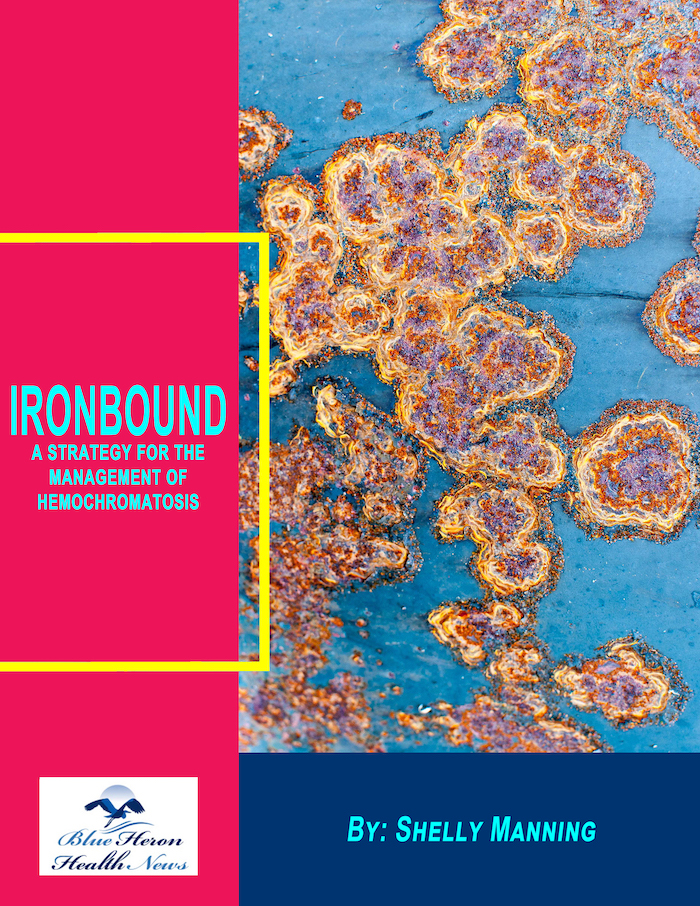
Ironbound™ A Strategy For The Management Of Hemochromatosis by Shelly Manning if you are suffering from the problems caused by the health condition of HCT due to excess amount of iron in your body then instead of using harmful chemical-based drugs and medications you are recommended to follow the program offered in Ironbound Shelly Manning, an eBook. In this eBook, she has discussed 5 superfoods and other methods to help you in reducing the level of iron in your body in a natural manner. Many people are benefited from this program after following it consistently.
How is hemochromatosis inherited?
Hemochromatosis is typically inherited in an autosomal recessive pattern, particularly the most common form, known as hereditary hemochromatosis (type 1), which is caused by mutations in the HFE gene. Here’s how the inheritance works:
1. Autosomal Recessive Inheritance
- Two Copies of the Mutated Gene Required: In autosomal recessive inheritance, a person must inherit two copies of the mutated gene (one from each parent) to develop the condition. This means that both parents must either be carriers of the mutation or affected by the condition themselves.
- Carriers: Individuals who inherit one mutated gene and one normal gene are called carriers. Carriers typically do not develop hemochromatosis or experience significant symptoms, though they may have slightly elevated iron levels. Carriers can pass the mutated gene to their offspring.
2. Possible Genetic Combinations in Offspring
When both parents are carriers of the HFE gene mutation, the inheritance pattern in their children follows predictable genetic rules:
- 25% chance of being unaffected (having two normal copies of the gene).
- 50% chance of being a carrier (having one normal gene and one mutated gene).
- 25% chance of inheriting two mutated genes and developing hemochromatosis.
If one parent has two copies of the mutated gene (affected by hemochromatosis) and the other parent is a carrier, there is:
- 50% chance of the child having hemochromatosis.
- 50% chance of the child being a carrier.
3. Mutations in the HFE Gene
The most common mutations in the HFE gene associated with hereditary hemochromatosis are:
- C282Y: The most frequent mutation that causes hereditary hemochromatosis.
- H63D: A less common mutation that can cause the condition, especially when combined with a C282Y mutation.
4. Other Forms of Hemochromatosis
Some rarer forms of hemochromatosis (e.g., juvenile hemochromatosis, neonatal hemochromatosis) may have different inheritance patterns and involve mutations in other genes, such as HJV, HAMP, or TFR2.
Conclusion
Hemochromatosis is most commonly inherited in an autosomal recessive manner, meaning that a person must inherit two copies of a mutated gene to develop the disorder. Carriers, with one mutated gene, typically do not show symptoms but can pass the gene to their children. Understanding family history and genetic testing can help determine the risk of inheriting or passing on hemochromatosis.
Ironbound™ A Strategy For The Management Of Hemochromatosis by Shelly Manning if you are suffering from the problems caused by the health condition of HCT due to excess amount of iron in your body then instead of using harmful chemical-based drugs and medications you are recommended to follow the program offered in Ironbound Shelly Manning, an eBook. In this eBook, she has discussed 5 superfoods and other methods to help you in reducing the level of iron in your body in a natural manner. Many people are benefited from this program after following it consistently.